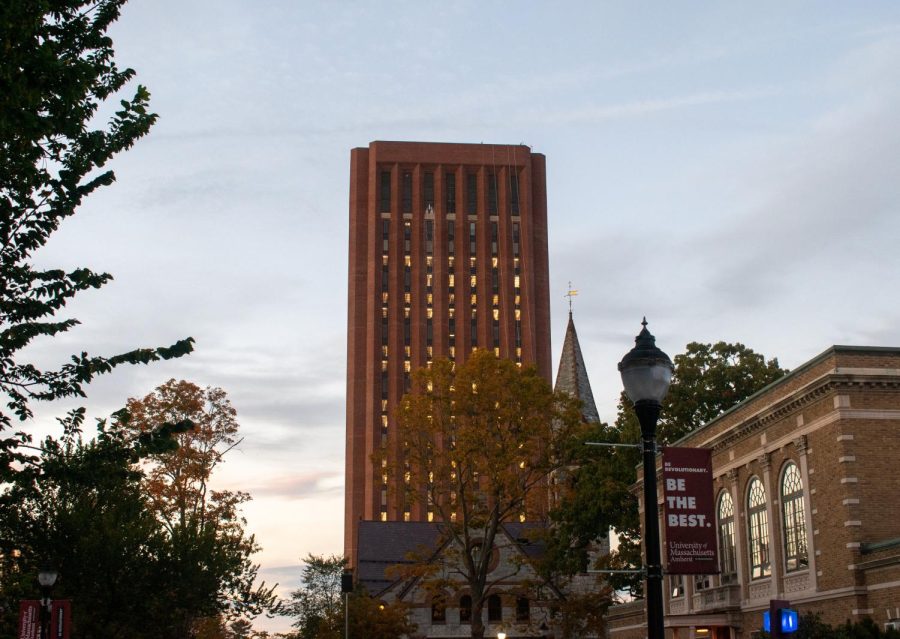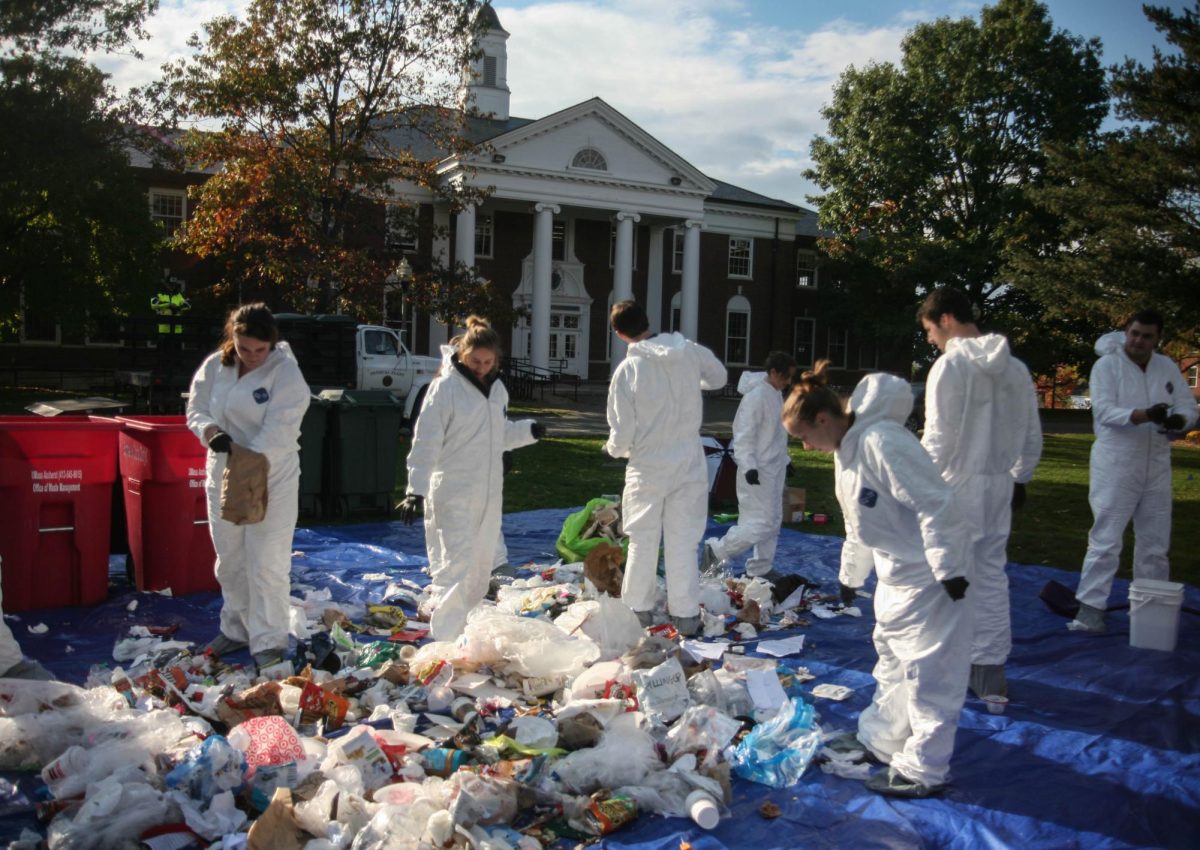Since Bernie Sanders and other leftist politicians have brought back the push for more affordable, if not free, college, critics have dismissed it as unrealistic. However, when you look at how affordable colleges were 40–or even 20–years ago, and how exactly they have become so expensive over time, you realize we’ve been lied to.
The factors going into why colleges like the University of Massachusetts have become so much more expensive are myriad and complex, though the driving force behind it is that our governments simply stopped spending as much money on colleges. Under 40th President Ronald Reagan, this was no accident; Reagan stated that it was good for colleges to shift the costs to students because, if students had to pay, they’d value their education too much to protest.
This can be seen in the University of Massachusetts’ own cost increases since the early 1960s. During the 1960-1961 school year, the total cost for an in-state student was $266. By 1980-1981, tuition, fees and room and board together cost $1,229 for an in-state student. Adjusted for inflation, this would be about a 66 percent increase from 1961.
In the following 10 years between 1981 and 1991, the total cost per semester would more than quadruple to $4,947. If the tuition had only kept up with inflation, it would have been $1,841.47–which means a semester at UMass became over 2.5 times more expensive in just a decade. These costs, however, only account for tuition, not the various other expenses such as meal plans and room and board.
State funding for public universities across Massachusetts fell 30 percent from 2001 to 2019, and according to a MassBudget report, this has in large part been the result of tax cuts for the rich starting in the 1990s. Coinciding with the last two decades of funding cuts is that Massachusetts families have gone from shouldering about 30 percent of college costs in 2001 to 60 percent in 2018.
Various figures in academia and the media alike have argued that declines in state funding for colleges–if that’s even the main reason–only explain part of why even public universities have become so unaffordable. Such causes include excessive spending on non-teaching staff, or “administrative bloat”, frivolous construction projects (and spending in general), too much student aid or simply that too many Americans go to college.
The relevance of these factors is true to varying degrees, and even with comprehensive comparisons of these factors we cannot see the full picture. Though a report by the left-leaning think-tank demos finds that these factors are nowhere as relevant as state funding cuts.
The increased spending required for resources that weren’t as relevant or expensive decades ago–such as IT departments, career and student life services, as well as more funding for sports programs–are some of these factors. The report also finds that rising health care costs played a prominent role in rising employee costs, as in that same time they rose $2,700 per employee, a 40 percent hike.
The report notes, however, that the number of “executives and administrators” has decreased relative to average student body sizes. Moreover, the average number of employees per 1,000 students decreased from 2000 to 2012, moving from slightly over 300 to exactly 300. As for costs of dining services, sports teams and other student life programs, these are largely self-funded through independent revenue streams (particularly in the case of sports teams) and are not a primary cause of unaffordable tuition costs.
Construction costs can also be ruled out as a factor in why public universities like UMass have become so unaffordable. For starters, a substantial portion of construction projects are funded by private donations or directly from state governments (in the case of public universities). Even if students footed the bill for average colleges’ construction projects, the report concludes, it would only lead to an 11 percent tuition increase.
We can also see how overexaggerated construction costs are from UMass’ own building boom in the 1960s, as this detailed piece by UMass alum Adam Lechowicz explains. From 1960-1975, UMass underwent extensive growth in size with such landmark projects as residential areas Southwest and Orchard Hill, Franklin Dining Commons, the W.E.B. Du Bois library, Campus Center, Thompson Hall and several other buildings completed in just 15 years.
Adjusted for inflation, the tuition increases from 1960 to 1975 was only $63, or a 13 percent increase. In the last 20 years, and with considerably less construction, tuition and fees have gone from $5842 to $16,251; adjusted for inflation, it has doubled.
All of this is not to say that factors such as frivolous construction projects, excessive bureaucracy and overreliance on student loan programs don’t play some role in the ever-growing unaffordability of UMass and other public universities. But they distract from the main problem that is states like the Commonwealth failing to give its universities the financial support they need.
Public universities like UMass were founded on the idea that, if a college education is so important to our society, we should make it accessible to everyone who needs it. With UMass and other public colleges as unaffordable as they are now, they cannot achieve their original purpose.
Given the time that has passed since colleges were last affordable, there is no easy solution. This is even if we get much needed increases in funding in Massachusetts and elsewhere. If one thing is certain, it’s that there has to be a better way than crippling generations with decades of debt for a degree.
Liam Rue can be reached at [email protected].




















Adam Lechowicz • Mar 9, 2022 at 8:54 pm
unfortunately I’m not an alum quite yet!
great takes though, and you summarized the problem well.